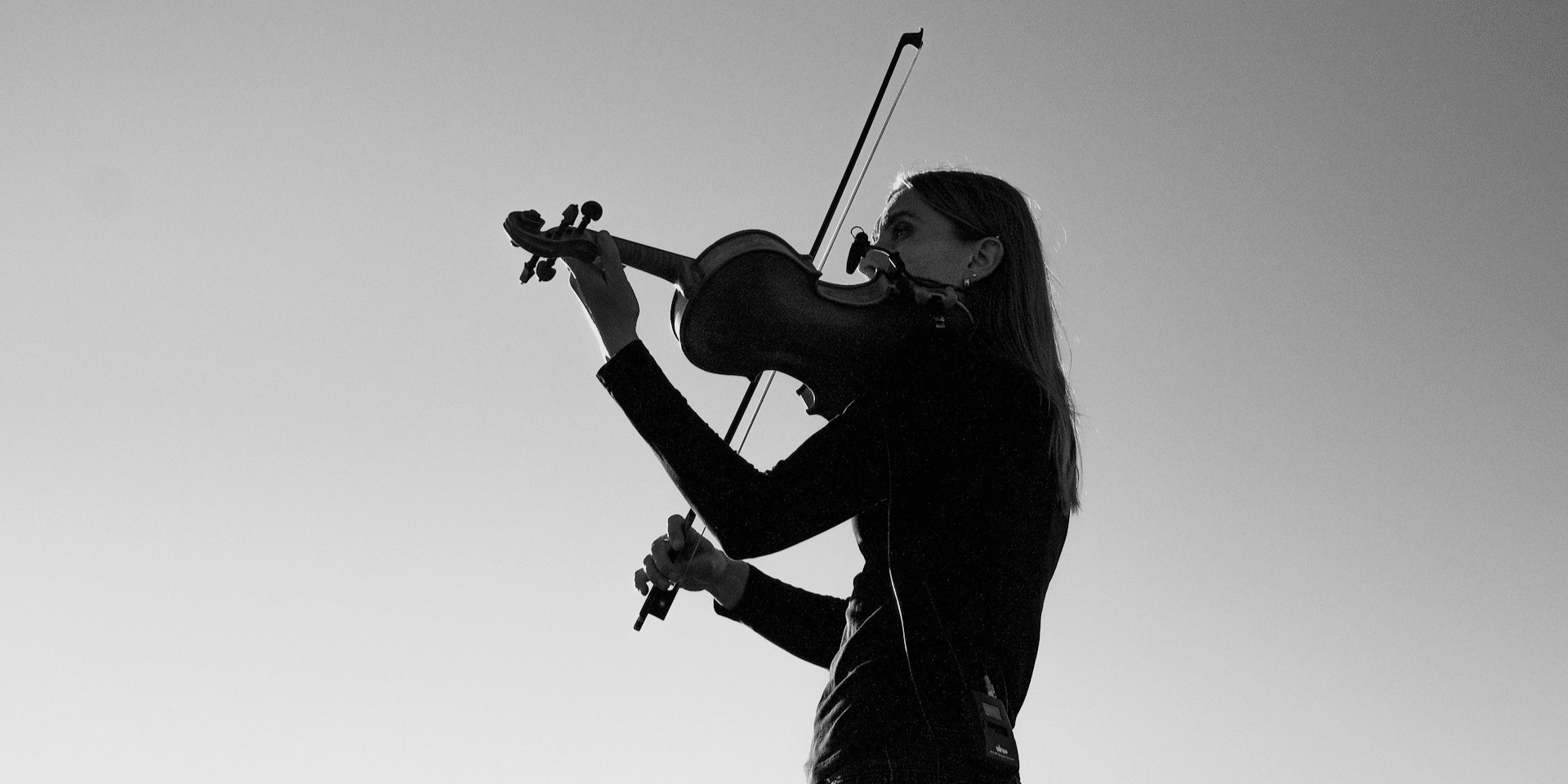In a world dominated by electronic beats and synthesized melodies, the traditional sound of the violin may seem like a relic of the past. However, this classic instrument continues to hold its own in modern music, lending its distinctive sound to a wide range of genres and styles. From classical symphonies to contemporary pop hits, violins play a versatile and essential role in shaping the sonic landscape of today’s music scene. So where exactly do violins fit in modern music? Let’s explore.
A Staple in Classical and Orchestral Music
First and foremost, violins remain a staple in classical and orchestral music, where they are indispensable members of the string section. In symphonies, concertos, and chamber music, violins take center stage, providing soaring melodies, lush harmonies, and intricate counterpoint. Renowned composers like Mozart, Beethoven, and Tchaikovsky have written some of the most iconic pieces of music featuring violins, ensuring their enduring presence in the classical repertoire.
Adding Texture and Emotion to Film Scores
Beyond the concert hall, violins are also prevalent in film scores, where they play a crucial role in setting the mood and enhancing the emotional impact of a scene. From sweeping romantic dramas to pulse-pounding action thrillers, the expressive sound of the violin can evoke a wide range of emotions, from joy and longing to suspense and despair. Iconic film composers like John Williams, Ennio Morricone, and Hans Zimmer have masterfully incorporated violins into their scores, creating memorable soundtracks that resonate with audiences long after the credits roll.
Elevating Pop, Rock, and Indie Music
In recent years, violins have made a notable resurgence in popular music, with artists across genres incorporating them into their songs to add depth, texture, and sophistication. In pop music, violins can be found in ballads, anthems, and even dance tracks, where they provide melodic hooks, soaring solos, and lush orchestration. Similarly, in rock and indie music, violins are used to create dynamic arrangements, adding layers of richness and complexity to the music.
Bridging the Gap Between Classical and Contemporary
One of the most exciting developments in modern music is the blending of classical and contemporary styles, where violins play a vital role in bridging the gap between the two worlds. From crossover artists who fuse classical virtuosity with modern beats to experimental ensembles that push the boundaries of genre and form, violins are at the forefront of innovative musical exploration. Whether it’s a classical violinist collaborating with a DJ or a string quartet covering a popular song, these collaborations showcase the versatility and adaptability of the violin in today’s music landscape.
Embracing Diversity and Inclusivity
Finally, violins are increasingly being embraced by artists from diverse backgrounds and cultures, reflecting the instrument’s universal appeal and timeless beauty. From traditional folk music to contemporary world music, violins are integral to the musical traditions of cultures around the globe, serving as a symbol of unity and connection. As artists continue to explore new sounds and styles, violins will undoubtedly remain a cherished and respected instrument in the rich tapestry of global music.
In conclusion, violins continue to play a vital and multifaceted role in modern music, enriching everything from classical symphonies to film scores, pop hits, and experimental compositions. With their versatility, expressiveness, and timeless appeal, violins bridge the gap between past and present, tradition and innovation, bringing depth, emotion, and beauty to the ever-evolving soundscape of contemporary music. So the next time you listen to your favorite song or movie soundtrack, take a moment to appreciate the enchanting sound of the violin and the enduring legacy it continues to leave on modern music.







